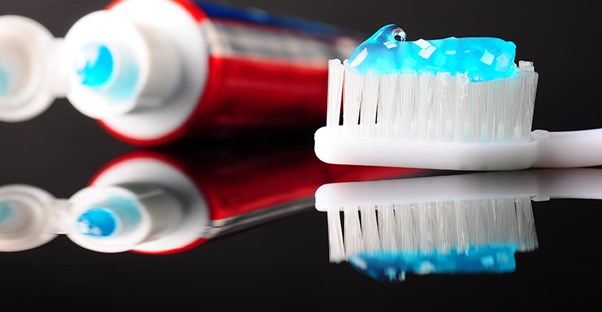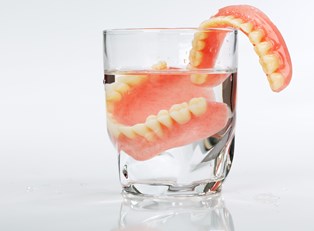Gingivitis is the initial stage of periodontal disease. The gums become red and inflamed, because of a buildup of plaque and tartar beneath the gumline, or gingiva. Eventually, this can become a fairly painful disease; with enough bacterial buildup, you can even lose teeth. Luckily, at the gingivitis stage, periodontal disease is still easily treatable.
Prevention
The best means of managing gingivitis is practicing good oral hygiene. Experts recommend brushing your teeth at least twice a day and flossing once a day. The tartar that causes gingivitis can build up in only a few days. Initially, bacteria combines with certain chemicals in food (particularly sugars and starches) to form a sticky layer called plaque. Although plaque can form in less than a day, it generally comes off during brushing -- but it can still sneak up under the gum line where your toothbrush can’t get to it. Plaque that isn’t removed regularly turns into calculus, or tartar, after about three days. In fact, just the contents of your spit alone can form tartar. Tartar is harder than plaque -- and harder to get rid of, too. It also provides a shield for the bacteria lurking under your gumline.
Brushing and flossing are not often sufficient for removing tartar, and therefore they aren’t sufficient for getting rid of the bacteria hiding beneath it. However, regular brushing and flossing can keep tartar from forming in the first place. If you find these activities are painful or make your gums bleed, you may already be in the advanced stages of gingivitis. For sensitive teeth, find a toothpaste specific to your needs. For example, bamboo charcoal toothbrushes are touted as being especially effective at removing bacteria, and they offer a great alternative for latex-sensitive mouths.
Annual Cleanings
One of the best things you can do for your teeth is go to the dentist at least once a year. Your dentist will review your mouth, as well as check for any signs of periodontal disease or gingivitis. Additionally, you’ll receive a thorough cleaning (usually by a dental assistant or technician). Part of this process includes scaling. Scaling utilizes special dental tools to get up under the gumline, removing any plaque or tartar that may be causing symptoms of gingivitis. Talk to your dentist about any issues you’re having -- if you have dental work (such as bridges or crowns) that are causing pain or making it difficult to successfully brush or floss, your dentist may be able to do something about it.
Extra Steps
Some people are naturally more prone to plaque, tartar, and gingivitis. If you notice the warning signs of periodontal disease appearing much earlier than your annual dental appointment, you might need to step up your game. Some people require more than one professional cleaning each year, while other simply need a few extra measures. Electric toothbrushes can offer a more thorough cleaning -- but do your research before purchasing one to ensure you’re paying for its abilities, not its packaging. Brushing your teeth after every meal can help keep starch and sugar from building plaque as quickly, but be careful not to brush so hard you’re undermining your efforts! Talk to your dentist about an appropriate mouthwash as an addition to your current oral hygiene regimen.




